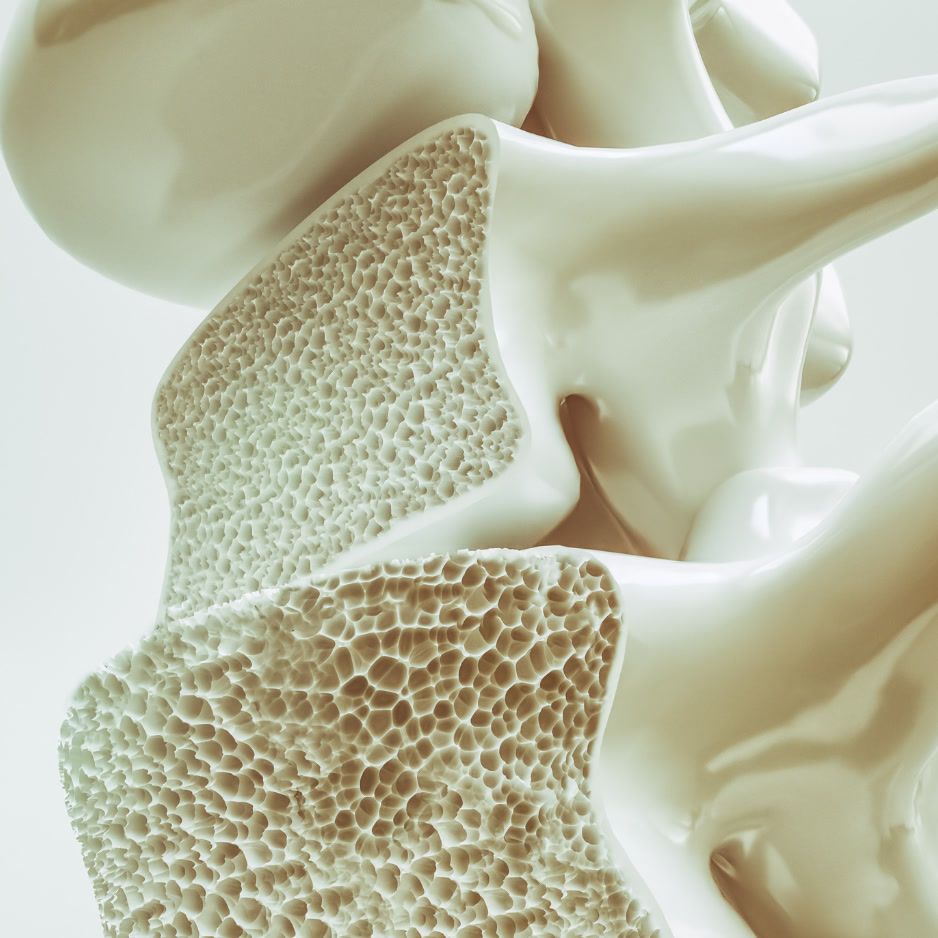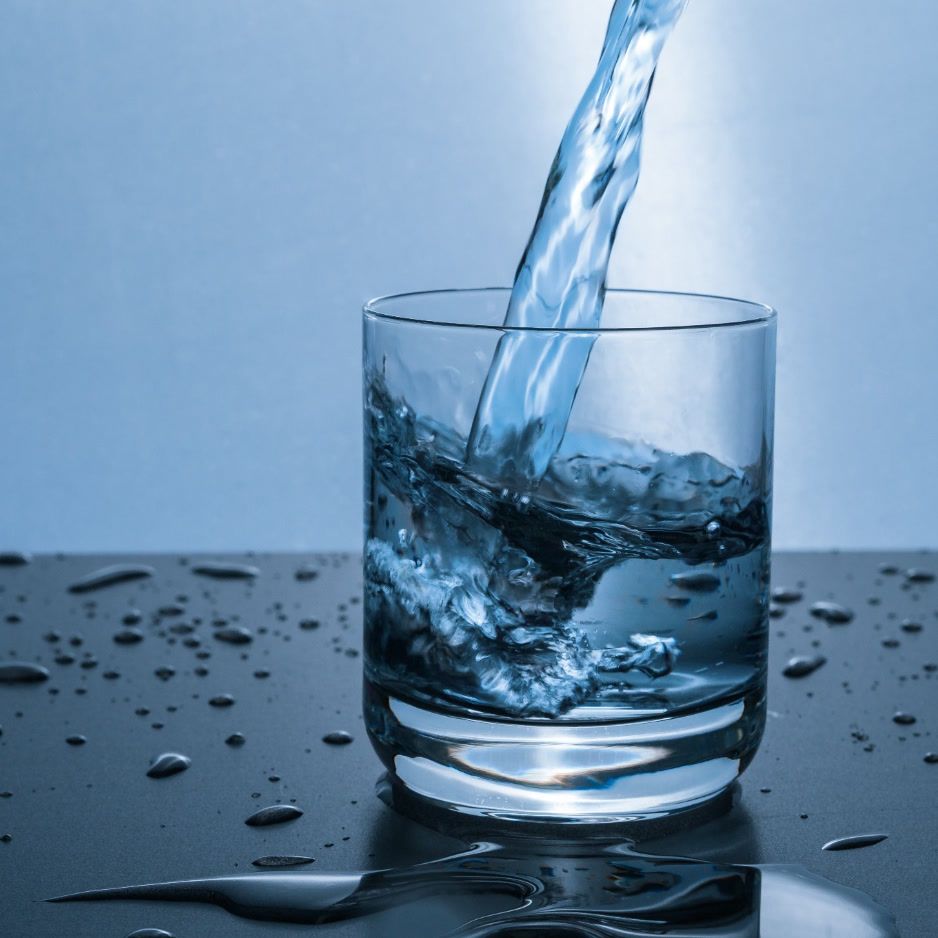DEXA Scan Benefits: Bone Health and Body Composition
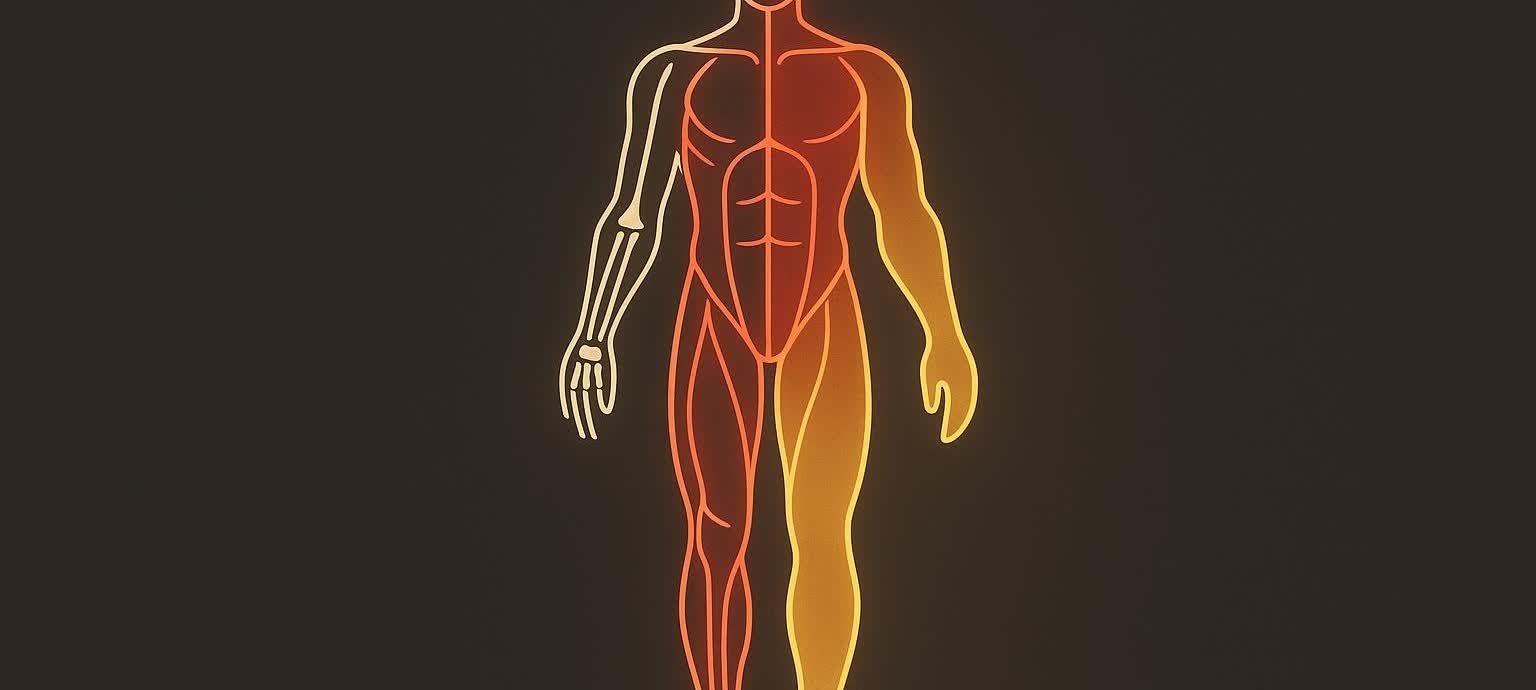
DEXA Scan Benefits: Bone Health & Body Composition
A DEXA (DXA) scan gives you two powerful insights in one quick visit: it maps your body composition with exceptional precision and provides a whole-body view of bone density. It's fast, painless, and ultra-low radiation.
At a glance: top DEXA scan benefits
- Precise measurements of fat mass, lean mass, and visceral fat (VAT) so you can tailor nutrition and training.
- Whole-body bone mineral density (BMD) to spot trends over time and start conversations with your doctor.
- Repeatable tracking to see real change—not guesswork—in 3–6 month blocks.
- Safe, quick, and comfortable: most scans take 10–30 minutes with very low radiation exposure, according to the RadiologyInfo patient overview of DEXA and UCSF Radiology's bone density testing guide.
Non-diagnostic vs. diagnostic DXA: what's the difference?
Think of these as two lanes using the same DXA technology:
-
Full-body DXA (BodySpec) — non-diagnostic, wellness-focused
- Purpose: wellness insights and tracking—not to diagnose disease.
- What you get: fat mass, lean mass, VAT, regional distribution, whole-body BMD, and clear visuals to compare over time, as explained in UC Davis Health's DXA body composition explainer and supported by a peer-reviewed QIMS review of DXA methods.
- How you use it: monitor body recomposition, performance, and baseline bone-health trends. If your trend data raises concerns (e.g., persistently low or declining BMD), bring your results to your clinician so they can decide on next steps.
-
Central (diagnostic) DXA of hip and spine — ordered by a clinician
- Purpose: diagnose low bone density and help estimate fracture risk.
- What you get: T-scores/Z-scores at hip/spine to guide medical decisions; often paired with risk tools like FRAX, per RadiologyInfo's DEXA overview and UCSF Radiology's patient guide.
- Who typically gets screened: women 65+ and certain postmenopausal women <65 with risk factors; evidence is insufficient for routine screening in men, per the U.S. Preventive Services Task Force recommendation.
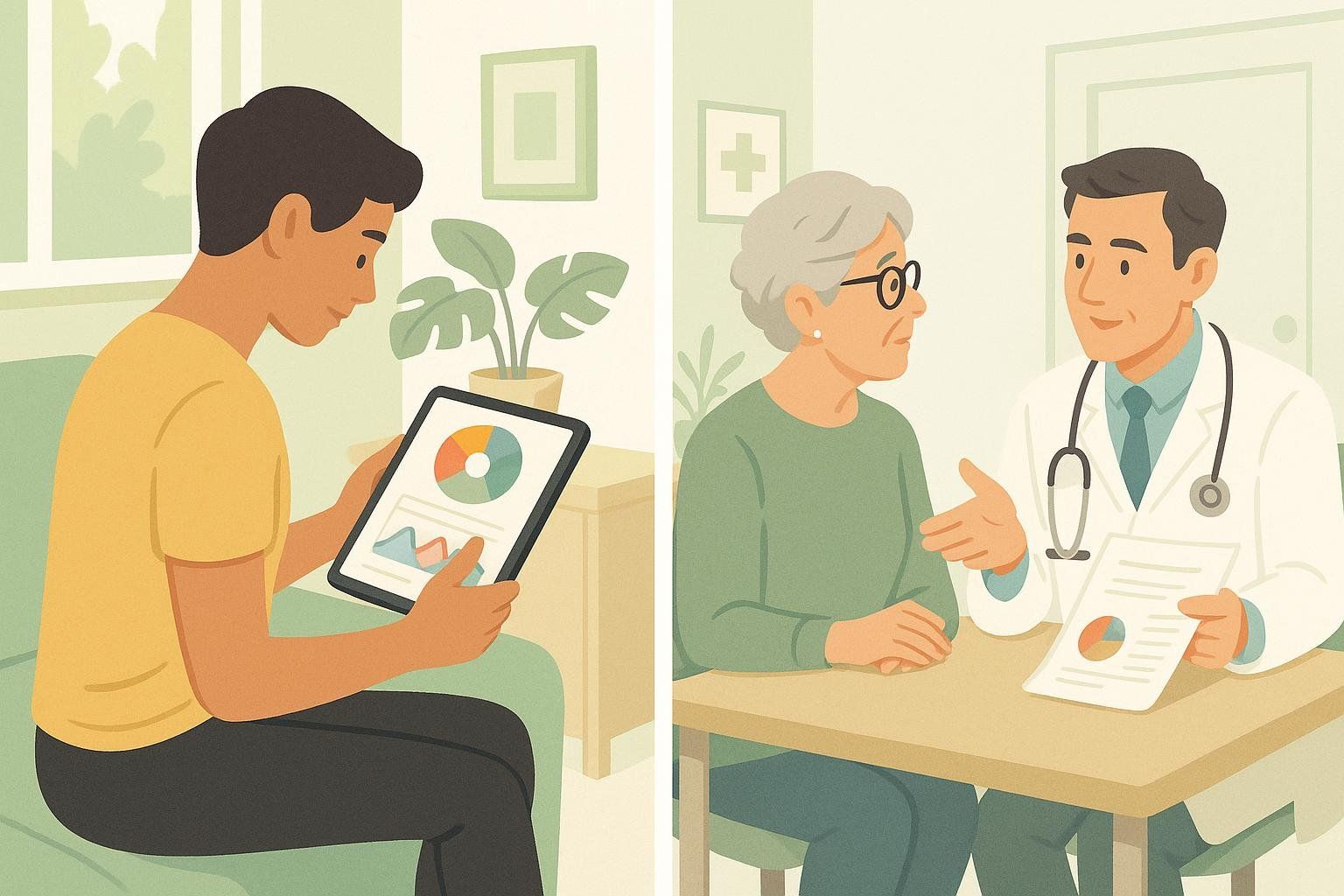
Body composition benefits: precise fat, muscle, and visceral fat
DEXA separates bone mineral, lean tissue, and fat tissue to give you a detailed snapshot—total and by region. For a deep dive into how it works and how it compares to other methods, see this QIMS peer-reviewed review of DXA body composition.
What this means for you:
- Total body fat percentage and lean mass to calibrate nutrition and training.
- Regional muscle/fat (arms, legs, trunk) to spot asymmetries—useful for performance and rehab.
- Visceral adipose tissue (VAT) estimates—an internal fat depot linked with cardiometabolic risk—an important health indicator that is not visible externally, as described in UC Davis Health's DXA overview and the QIMS technical review.
Compared with methods like skinfold calipers or consumer bioimpedance, DXA is less affected by day-to-day hydration shifts and provides validated regional data, with a very low radiation dose, according to the QIMS review. For step-by-step prep tips that keep results consistent, see our short prep guide and learn more about BodySpec DEXA accuracy.
Bone-health benefits: find trends early and act sooner
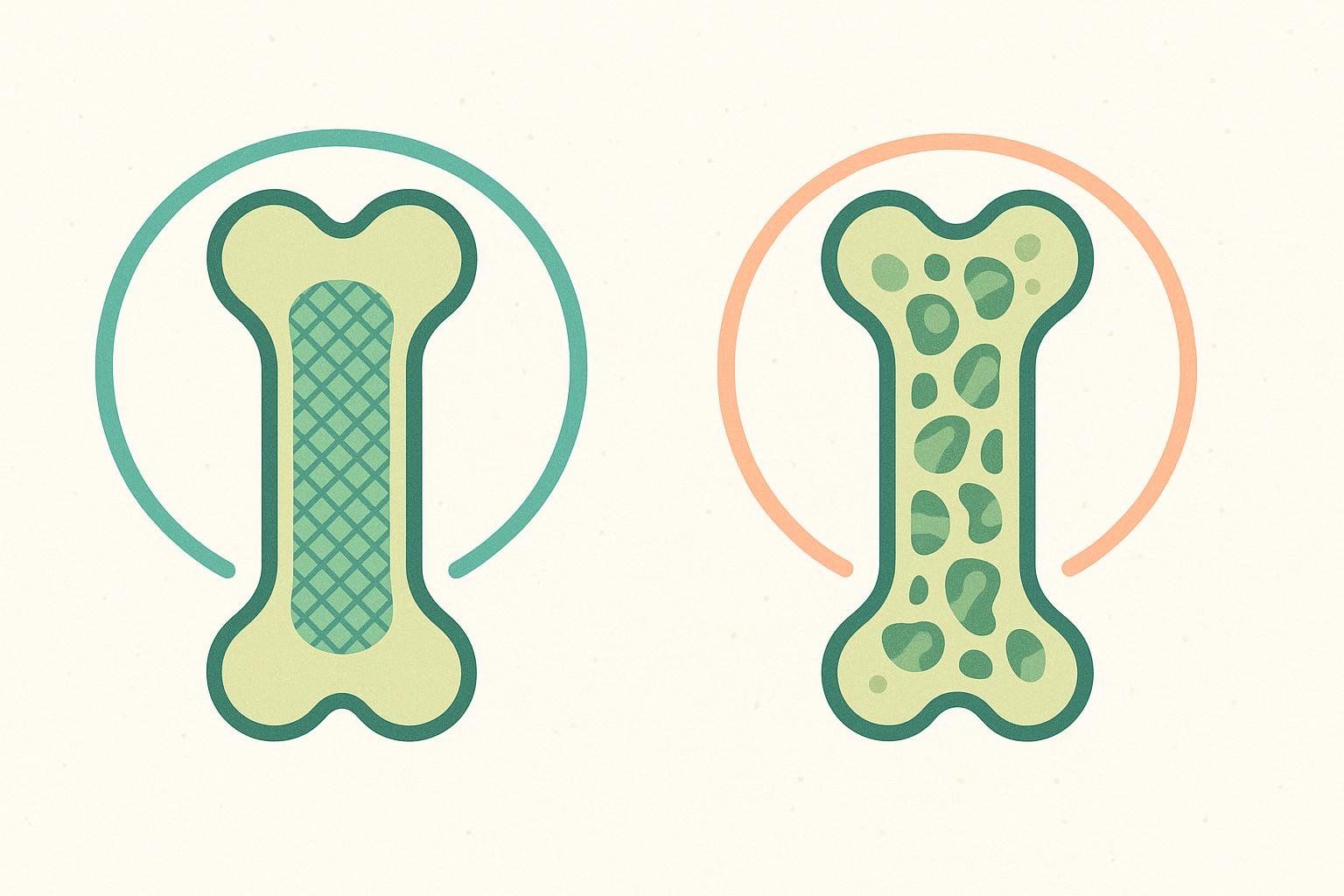
Your full-body DEXA provides a whole-body BMD snapshot—a great starting point to spot trends. If your BMD looks low or declines over time, share the report with your clinician. They may order a central (diagnostic) DXA of the hip and spine to diagnose osteopenia/osteoporosis and estimate fracture risk, as explained by MedlinePlus's bone density scan overview and RadiologyInfo's guide to DEXA. If you do get a diagnostic scan, understanding T-scores and Z-scores will help you have a clearer conversation—start with our plain-English explainer on interpreting DEXA results and this quick FRAX how-to to see how 10-year fracture risk is estimated, consistent with the USPSTF screening recommendation.
Performance and rehab benefits: measure what matters, then improve it
Because DEXA reports regional lean mass and flags asymmetries, it's a practical tool to:
- Monitor muscle gain during hypertrophy blocks.
- Check side-to-side imbalances after an injury or surgery to guide rehabilitation and a safe return to activity.
- Validate that fat-loss phases preserve lean mass.
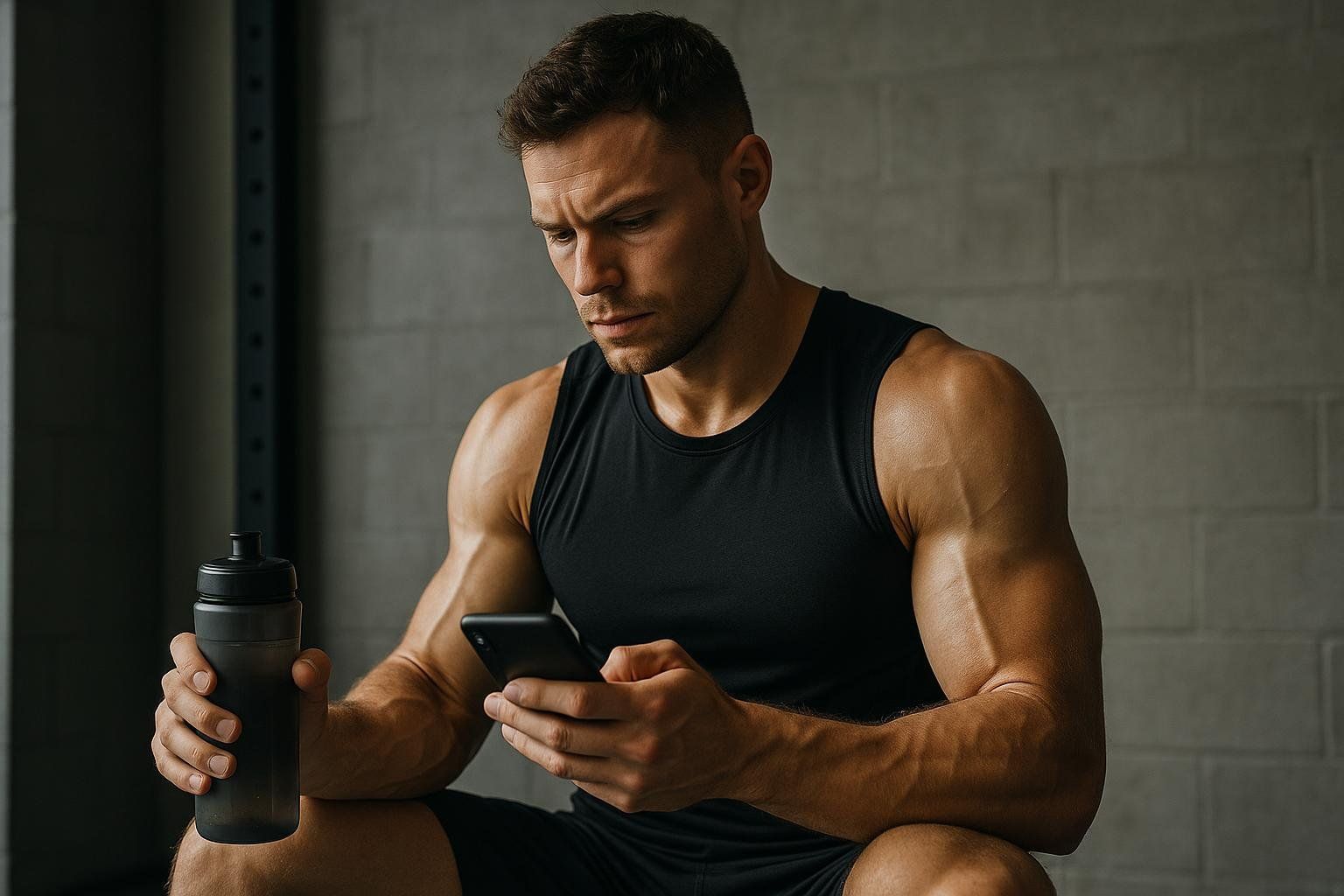
Follow-up scans every 3–6 months are common for body-composition tracking; keep prep consistent (clothing, meal timing, hydration) to reduce biological noise and ensure your results are consistent and comparable. For more on scan day best practices, see UC Davis Health's body composition guidance.
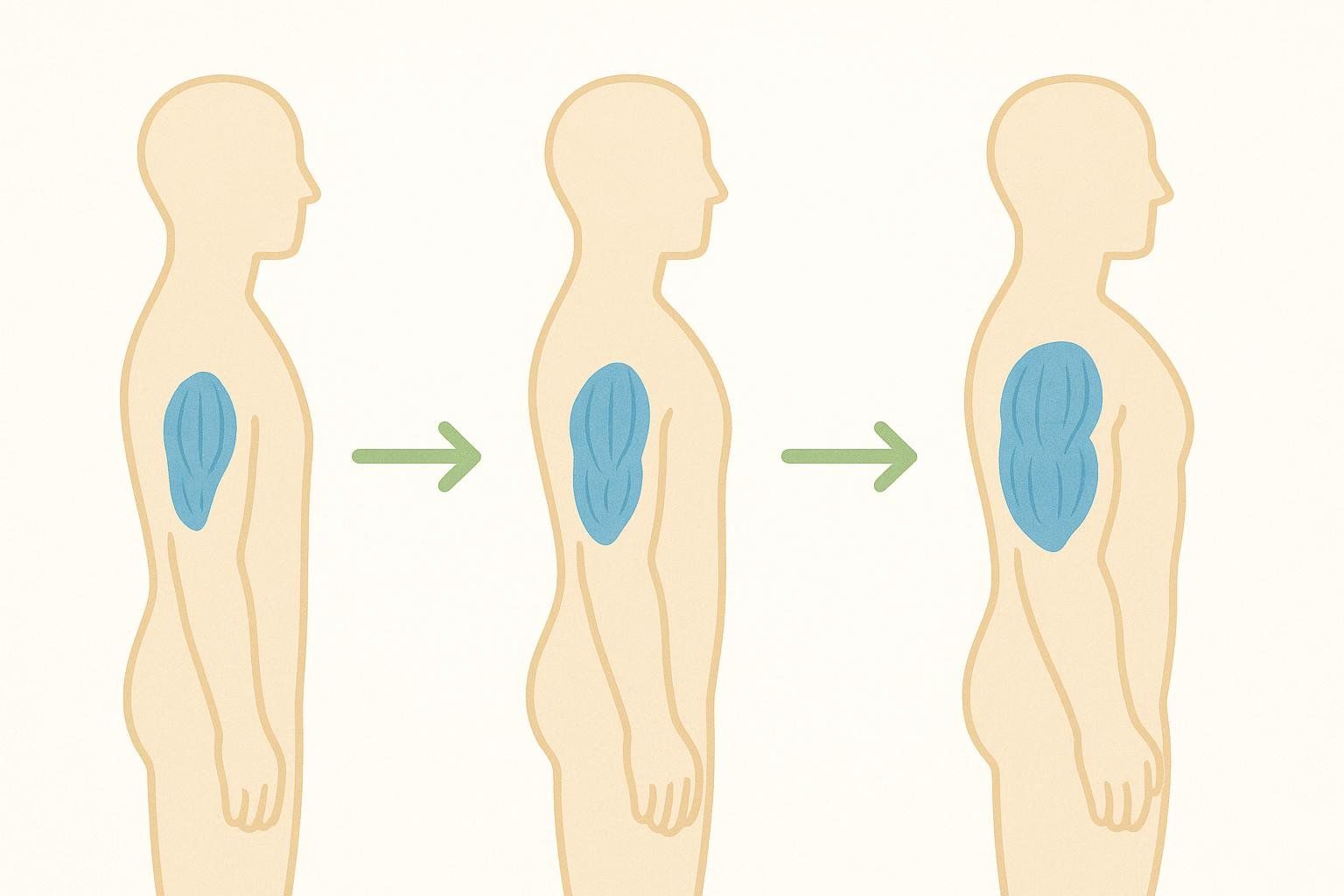
Safety, comfort, and limitations—what to know
- Low radiation: a spine/hip DXA is typically in the range of 1 to 15 μSv depending on system and protocol—about a day or two of background radiation, according to the International Atomic Energy Agency's radiation protection notes for DXA. That's far less than a standard chest X-ray, per the RadiologyInfo DEXA overview.
- Fast and painless: most exams take 10–30 minutes, as described in UCSF Radiology's patient guide and RadiologyInfo's DEXA page. For a step-by-step walkthrough, see our complete guide to the scan day and our primer on radiation and DEXA.
- Minimal prep: avoid calcium supplements for ~24 hours before diagnostic scans; remove metal; tell your provider about recent contrast imaging, per RadiologyInfo's prep recommendations and UCSF Radiology's checklist.
- Not during pregnancy: DEXA uses ionizing radiation; pregnant individuals should avoid the test, as advised by RadiologyInfo and MedlinePlus.
- Technique limits: severe spinal deformity or prior spine surgery can affect accuracy at some sites; metallic implants can create artifacts. Central DXA is preferred over peripheral for diagnosis and monitoring, per RadiologyInfo's limitations section.
Who benefits most? Quick pathways
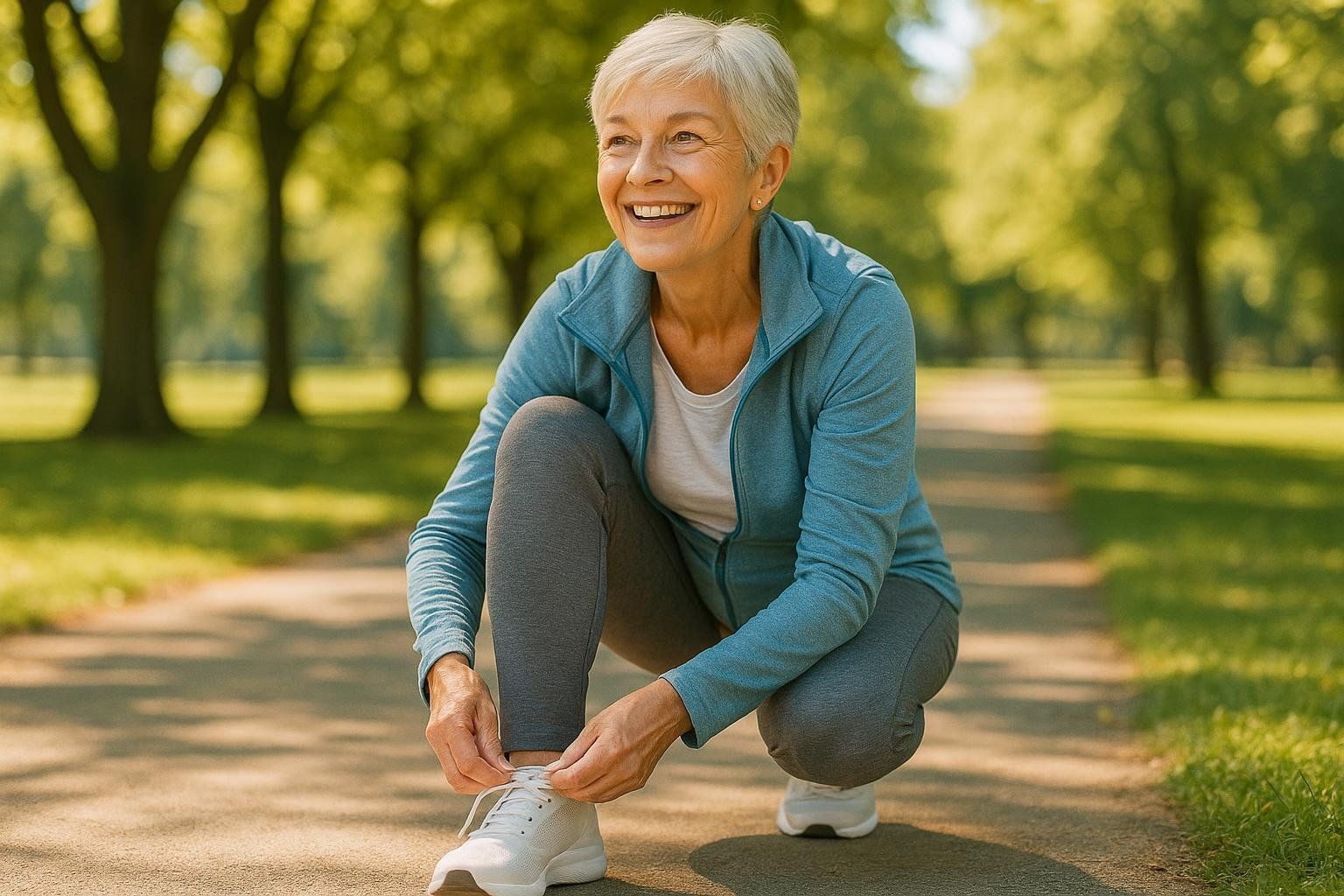
-
Bone-health awareness: Use a full-body DEXA to set a whole-body BMD baseline. If you're 65+ or postmenopausal with risk factors, talk to your clinician about a central (diagnostic) hip/spine DXA and whether to use the FRAX tool, per the USPSTF recommendation. To get more from the appointment, brush up on interpreting T- and Z-scores.
-
Fitness and performance: Baseline total/regional lean mass and VAT. Re-scan every 3–6 months under the same prep routine to track progress and adjust training and nutrition. Start with our quick prep guide and learn about DEXA accuracy.
-
Clinicians: Full-body, non-diagnostic DEXA can complement your care by tracking patient body composition (fat, lean, VAT) and establishing a wellness-oriented whole-body BMD baseline between clinical visits. If concerning trends appear, you can follow up with a central (diagnostic) DXA to inform medical decisions.

FAQs
-
Is a DEXA scan safe?
Yes. DEXA scans use an extremely low dose of radiation—typically in the range of 1 to 15 μSv depending on protocol—similar to a day or two of natural background exposure, according to the IAEA's DXA radiation overview and the RadiologyInfo DEXA summary. -
Can a DEXA scan measure visceral fat?
Yes. Modern full-body DXA software estimates visceral adipose tissue, which correlates with metabolic risk profiles, as explained by UC Davis Health and the QIMS review. For a plain-English overview, see What is visceral fat? -
How often should I scan?
- For bone health (diagnostic DXA): timing is personalized by your doctor. Repeating scans too soon may not add useful information, per the USPSTF screening guidance.
- For performance/body composition (full-body DXA): UC Davis Health suggests scanning every 3–6 months for tracking, with consistent prep for apples-to-apples comparisons (UC Davis Health's body composition guidance).
-
How much does a scan cost?
Pricing varies by location, scan type, and package. You can check pricing and read our guide on how to find a DEXA scan near you.
Bottom line
DEXA combines body-composition precision with actionable bone-health awareness—fast, safe, and repeatable. Whether you're managing fracture risk, dialing in training and nutrition, or supporting patients, DEXA turns guesswork into a clear plan.
Next steps: skim our prep guide, learn to read your results, and read how to find a scan near you.
